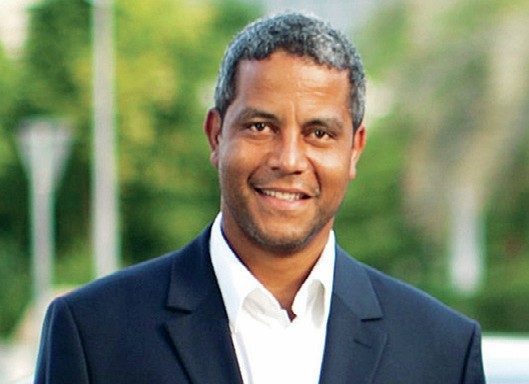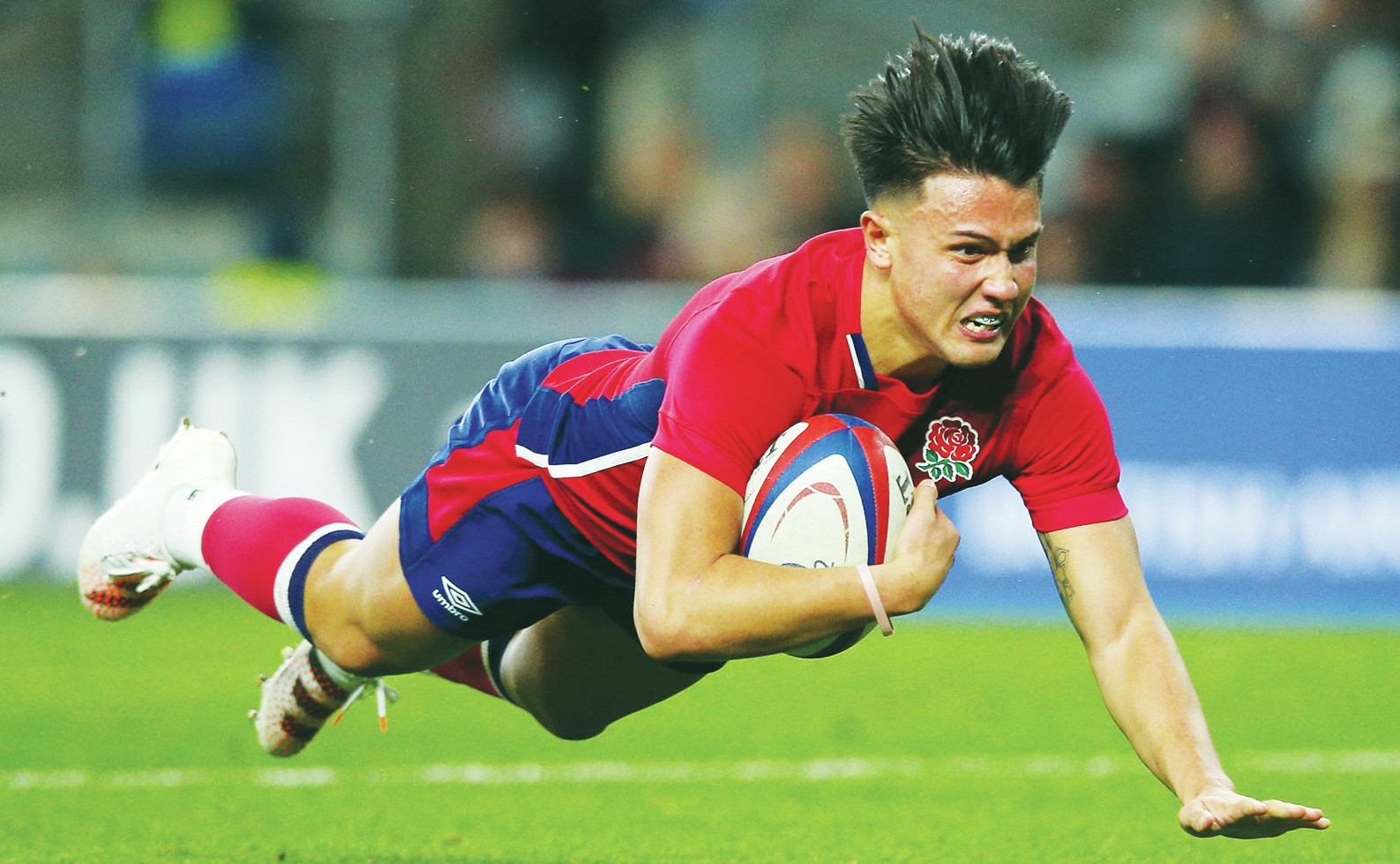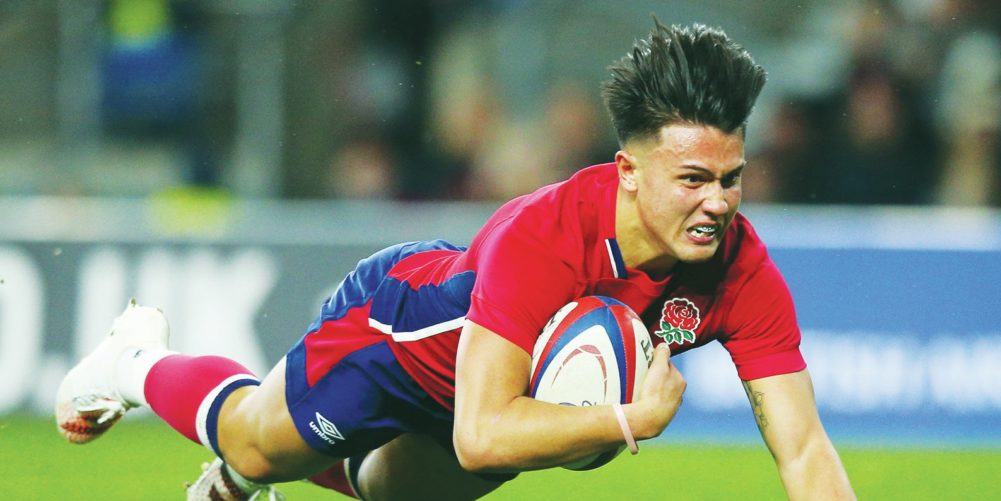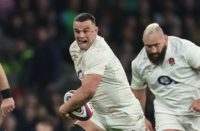JEREMY GUSCOTT
OUTSPOKEN AND UNMISSABLE… EVERY WEEK

MARCUS Smith playing opposite Finn Russell at fly-half is an intriguing head-to-head going into Saturday's Six Nations opener between Scotland and England at Murrayfield.
Russell has shown much more variation in his game since last season, and it shows that he had to think hard about how he could win a Test place on the 2021 Lions tour – and he recognised he could do it by being not quite so much of a maverick. The Scottish 10 reined-in some of those instincts to throw caution to the wind with wide passes that either ended in intercept tries for the opposition or tries for his own team.
It worked, because Russell showed great balance when he recovered from injury to come on in the Third Test and nearly change the course of the game, and the series. It showed a difference in his thinking, and how influential he can be. While I like Dan Biggar, as a player he and Russell are stylistically worlds apart.
Any team's attitude and execution is heavily influenced by the 10, and with players like Russell and Smith they are best when tactically they are given their heads, allowing their coaches to think about how they can best add value to their natural talent.
If you do it the other way, with the coach dictating, it is too restrictive – and the player's inclination is not to follow the instruction, often because they find it too boring.
It's a bit like the difference between having sports presenters at live events who want the safety net of an autocue, because it gives them the sense that they have greater control, whereas other presenters have the confidence in their knowledge and communications skills to speak off-the-cuff.
Some fly-halves like the autocue method, while others, like Russell and Smith like to freewheel. They are at their best when they are not put in a restraining jacket.
However, I can see why a coach would want an Owen Farrell at 12 outside Smith, so that there is another decision-maker or pair of eyes – although usually all this amounts to is a very quick discussion, and a ‘feel' about what to try next.
No matter how much of a maverick a fly-half is, it is still essential that as a backline you are all on the same page. The difficulty these days is that the pod system can mean there are a lot more bodies and voices involved, and therefore communication can be less clear.
Even so, as a head-to-head, you could not be more excited than seeing a face-off between Russell and Smith, because they are two 10s who like to take the ball to the line and to stretch and bend defences to breaking point. It should be so quick and fast, like a super-speed chess game, because they both want to attack.
“Some fly-halves like the autocue method, others, like Russell and Smith, like to freewheel”
The decisive factor is that you have to be clever when you are in possession and accurate enough not to give the ball away – and it is what Russell did so well last year, with the try that Duhan van der Merwe scored against England making the point. It started with a huge Garryowen by Russell which Owen Farrell was unable to claim, and when the Scots snapped up the rebound the fly-half whipped it wide in a move that ended with Van der Merwe shaking off three tackles to score.
That was pretty precise, and it contrasted with the maverick side to Russell's game when all his passes were on the money and saw Scotland destroy England in Edinburgh in 2018.
A lot of how both 10s play will depend on their packs delivering quick ball. If Russell gets a good supply he can open up defences, but he also has good options in Stuart Hogg and Van der Merwe. Hogg can sometimes be too lateral, but if he straightens he instantly becomes more dangerous, while Van der Merwe is always very direct.
If Smith gets a run at fly-half for England ahead of George Ford, he has the experience of Ben Youngs inside him, and also the presence of Henry Slade in the centres, if he needs sounding-boards. Yet, it is Smith who is the main influencer – and he has the ability to run the game.


The more Smith plays the more he will grow into the role. There is no doubt that England will miss the aura of Farrell, but it is a case of ‘the king is dead, long live the king'. The environment has to be competitive, and with Smith around it may be difficult for anyone to get back at 10.
At inside centre it is a different story. Farrell is not the greatest option at 12, and until Manu Tuilagi is back to full fitness it is wide open – although Slade, who has won 29 of his 41 England caps as a starter, has shown he can do a job there.
Slade has a good left boot, and is a good distributor, but the problem is that if you don't play 12 regularly you don't run the right lines, and he could end up over-running the pass from Smith.
I'm not sure about bringing in Mark Atkinson, because, although the Gloucester inside centre has had a good season, he has not forced Eddie Jones' hand enough, so it would be a ‘left field' selection.
The other option is to pick Joe Marchant at 12 because of his familiarity with Marcus at club level for Harlequins, and to leave Slade at 13. Marchant is a more direct, punchier runner than Slade, and probably quicker.
Whichever way it goes, it will be a makeshift centre partnership, and it will do well to click at Murrayfield.
However, there is experience in the backline if Jones decides to start Jack Nowell and Elliot Daly on the wings, and retain Slade and Youngs.
I'm still not totally convinced that Jones will start Smith, because Ford is obviously much more experienced – but in my view he has got to give Smith his backing.
A backline of Freddie Steward at full-back, Nowell and Daly on the wings, a 12-13 centre partnership of Marchant and Slade, and a 9-10 combination of Youngs and Smith, is England's best chance of getting off to a winning start against Scotland.



























